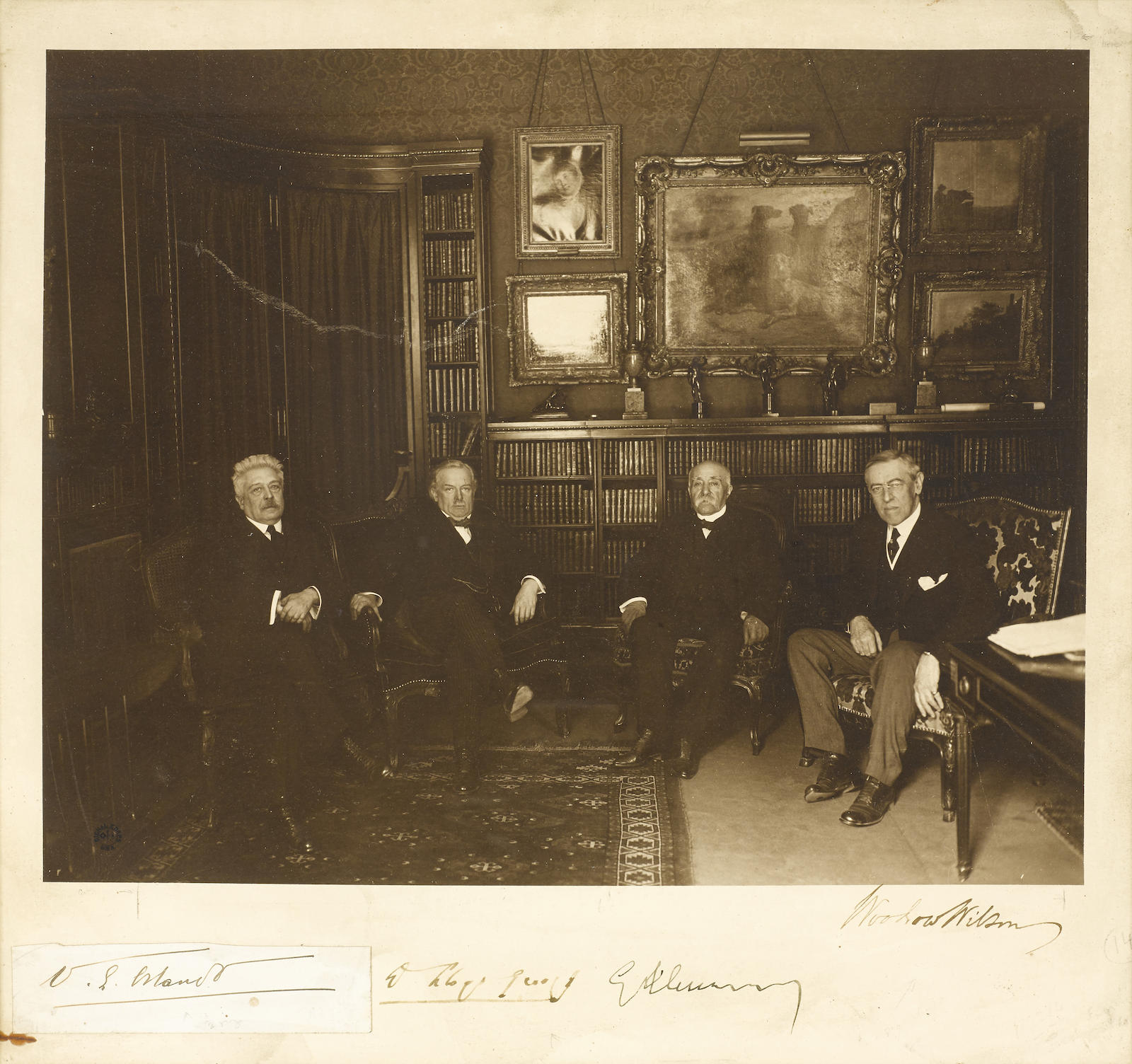




Council of Four at the WWI Paris peace conference, May 27, 1919. From left to right, Prime Minister...

Photograph Signed by the "Big Four" of the Versailles Peace Conference.

This timespace is inspired by the 7th chapter of the book How to Hide an Empire, by Daniel Immerwahr. It tells the life of Puerto Rican nationalist Pedro Albizu Campos in the context of other nationalist movements and U.S. interventions in Latin America.